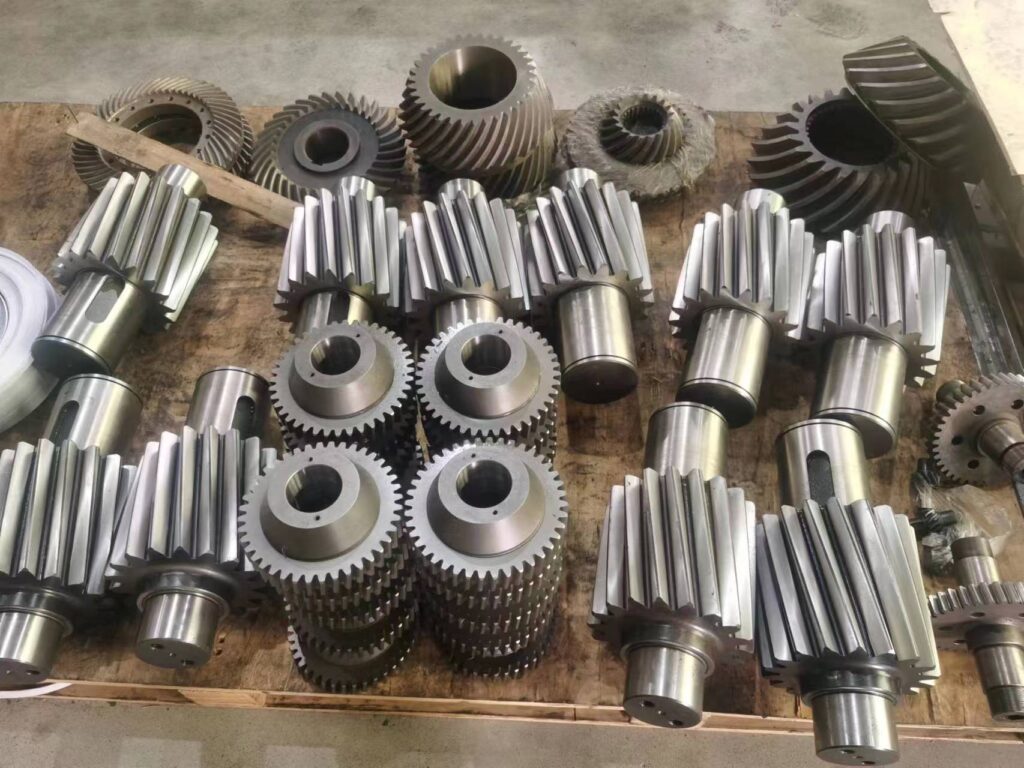Gear transmission is a common mechanical transmission method that achieves torque and speed transfer through the meshing of gears. Below, we will detail the advantages and disadvantages of gear transmission.
Advantages
1. High Transmission Efficiency: Gear transmission typically has higher transmission efficiency than other transmission methods, reaching over 95%.
2. High Precision: Gear manufacturing processes are highly precise, resulting in high gear meshing accuracy, ensuring transmission stability and accuracy.
3. Strong Load-bearing Capacity: Gear transmission can withstand large torque and loads, suitable for applications requiring high power transmission.
4. Compact Structure: Gear transmission has a complex structure, requiring more material to support and withstand torque and loads, thus making it relatively heavy.
5. Reliable Operation and Long Service Life: Gear transmission operates reliably with a long service life.
6. Wide Applicability: The power transmission range of gear transmission is extremely wide, ranging from 0.001W to 60000kW; the peripheral speed can be low or as high as 150m/s, surpassing belt and chain drives.
7. Can Achieve Transmission between Any Two Axes in Space: This is something that belt and chain drives cannot accomplish.
Disadvantages
1. High Noise: Gear transmission generates noise during operation, causing some disturbance and impact on the surrounding environment and operators.
2. Difficult Installation and Adjustment: Gear transmission requires high technical expertise for installation and adjustment, considering issues such as gear meshing accuracy and clearance.
3. Heavy Weight: Gear transmission has a complex structure, requiring more material to support and withstand torque and loads, resulting in relatively high weight.
4. Fixed Transmission Ratio: The transmission ratio of gear transmission is fixed and cannot be adjusted arbitrarily during operation.
5. High Manufacturing and Installation Precision Requirements: Gear transmission requires high manufacturing and installation precision, leading to higher costs; when precision is low, there can be significant vibration and noise.
6. Lack of Overload Protection: Gear transmission lacks overload protection.
Overall, gear transmission is suitable for high-power, high-precision, and high-load applications, but considerations such as noise and weight need to be taken into account. When selecting a transmission method, it’s essential to comprehensively consider its advantages and disadvantages based on the specific circumstances.
Thank you for reading. Looking forward to serving you with our exceptional gear solutions. #BeyondGears
Read More:


